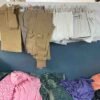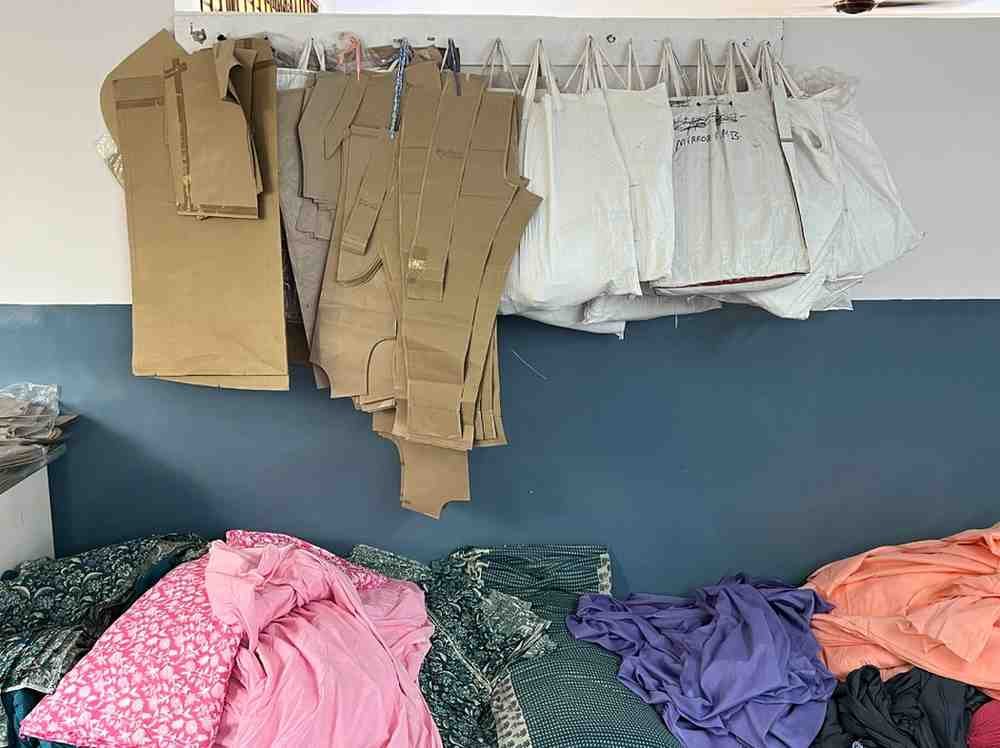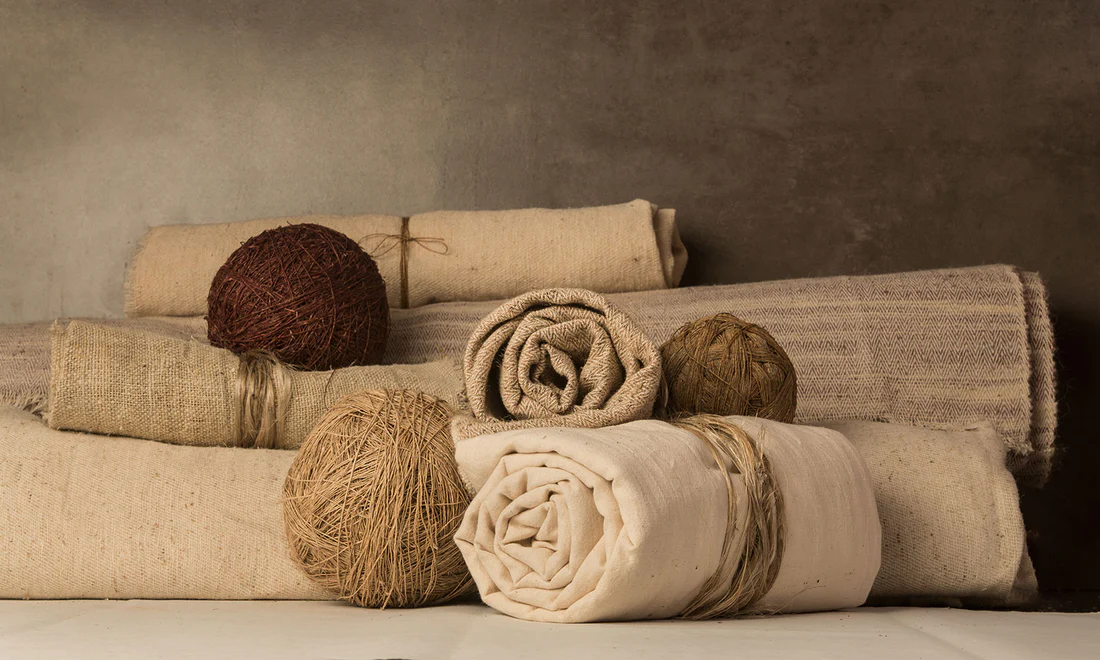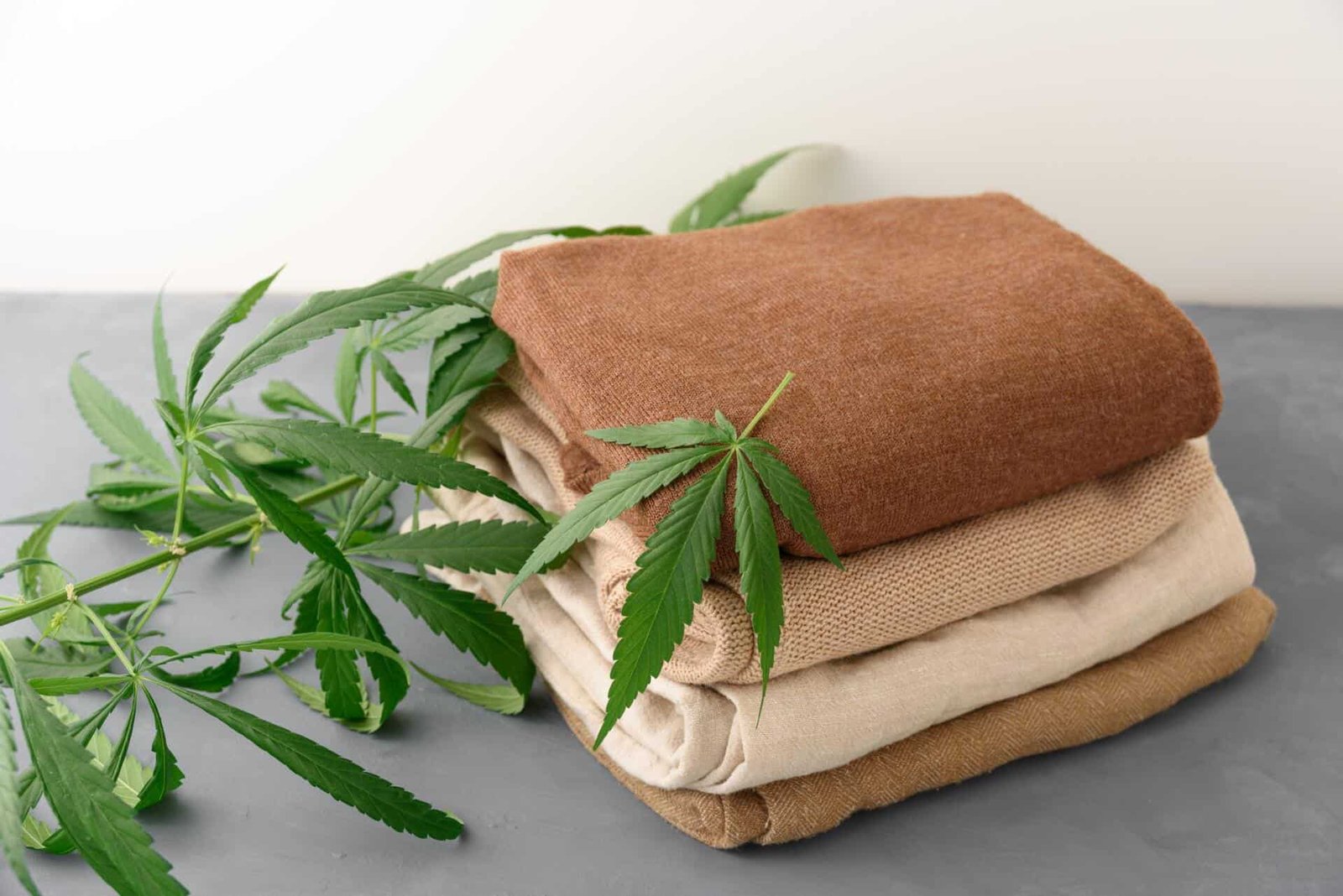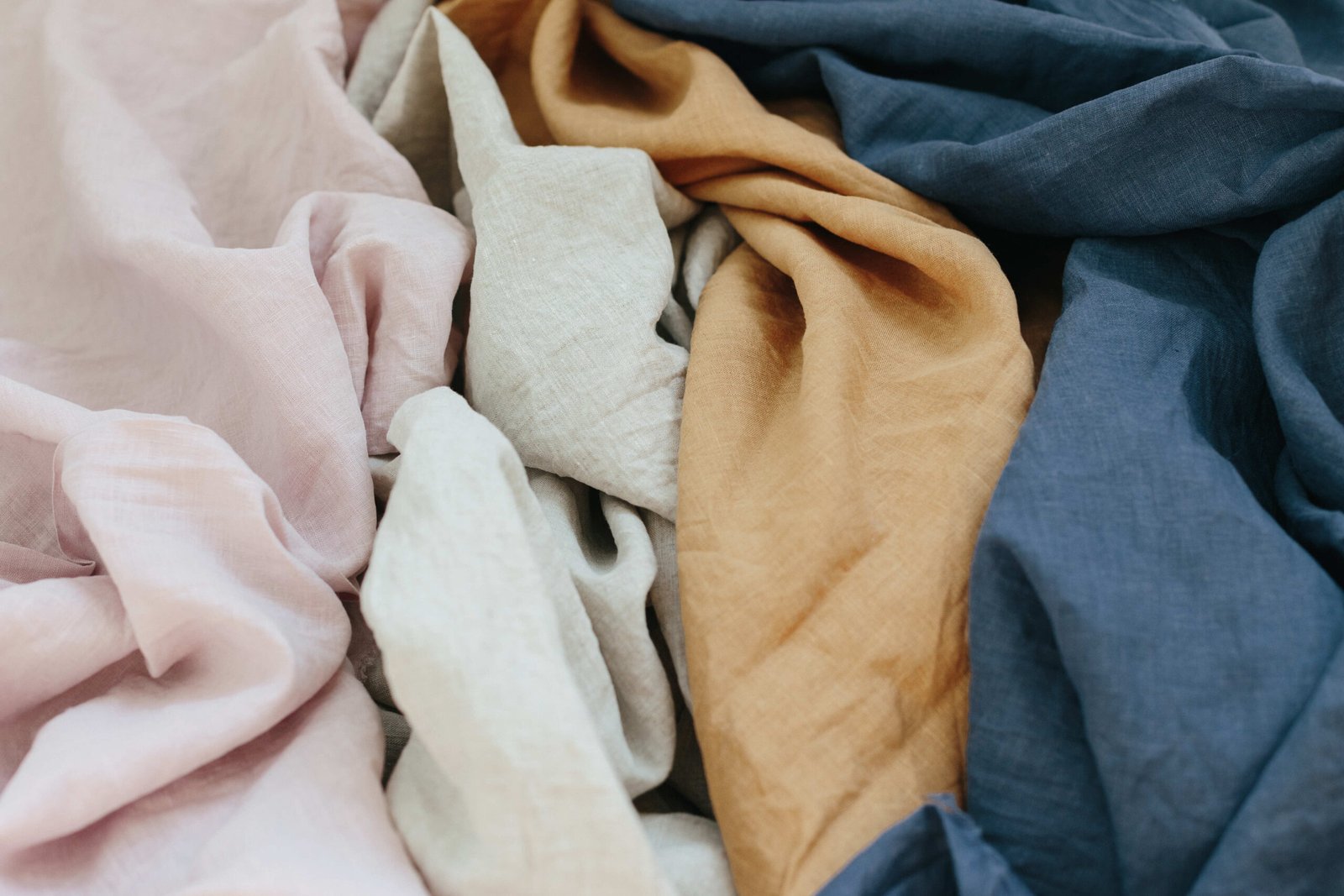In today’s fashion industry, sustainability is no longer a choice—it’s a necessity. As consumers grow more conscious of the environmental impact of what they wear, fashion brands are looking for materials that not only reduce carbon footprints but also offer high quality and durability. One such fabric leading the green revolution is hemp fabric—a textile that’s been used for centuries but is now making a strong comeback in modern wardrobes.
From luxury designers to everyday streetwear labels, fashion houses are embracing hemp textiles for their natural strength, breathability, and environmental benefits. The shift isn’t just about staying trendy—it’s about building a future where style meets sustainability, and where hemp clothing becomes a symbol of responsible fashion.
What is Hemp Fabric and Why Is It Trending?
Hemp fabric is made from the stalks of the Cannabis sativa plant, specifically the fibrous part of the stem. Unlike its controversial cousin marijuana, industrial hemp contains negligible THC and has long been used for rope, sails, and even paper. Today, the same durable plant is being spun into soft, wearable textiles known as hemp textiles, which are increasingly popular in eco-conscious fashion.
One of the key reasons brands are turning to fabric hemp is its low environmental impact. Hemp grows quickly, requires little water, and doesn’t need harmful pesticides. In fact, an acre of hemp produces more fiber than cotton, making it a resource-efficient option for the modern apparel industry.
Top Reasons Fashion Brands are Adopting Hemp Apparel
1. Sustainability Without Sacrifice
The rise in hemp apparel isn’t just about eco-friendliness—it’s also about performance. Hemp fabric is naturally breathable, anti-microbial, and UV-resistant. It keeps wearers cool in summer and warm in winter, making it a versatile textile for all seasons. Unlike synthetic fabrics, hemp textiles decompose naturally, reducing post-consumer waste.
Fashion brands that want to reduce their environmental impact without sacrificing quality are finding the perfect balance in hemp clothing. It aligns with their sustainability goals while offering customers a premium feel and fit.
2. Durability and Strength
Hemp fabric is known for being 3x stronger than cotton. It resists wear and tear, which means clothing made from hemp textiles lasts longer—translating into slower fashion cycles and less consumer waste. Brands looking to reduce their carbon footprint benefit from producing longer-lasting garments, which is a win for both the planet and the customer’s wallet.

3. Better for Soil and Farming Communities
From a farming perspective, fabric hemp is regenerative. It helps in phytoremediation—removing toxins from the soil—and restores nutrients, making it ideal for sustainable agriculture. Hemp also grows densely, which naturally suppresses weeds and reduces the need for herbicides. For rural farmers and small cooperatives, growing hemp offers a more profitable and eco-friendly crop alternative.
Fashion brands aligned with fair trade or rural development initiatives prefer hemp clothing because it supports sustainable farming practices and improves livelihoods in farming communities.
4. Versatility in Fashion Design
From rugged denim jackets to breezy summer dresses, hemp fabric is surprisingly versatile. Modern processing techniques have allowed it to be blended with other fibers like organic cotton, TENCEL™, and silk to enhance softness and texture. Designers love working with hemp textiles because they dye well, hold shape, and age gracefully with wear.
This versatility allows brands like Echo Earth to design stylish, timeless, and environmentally responsible fashion lines. Hemp apparel is being featured in everything from everyday basics to high-end runway collections.
5. Growing Consumer Demand
As millennials and Gen Z consumers become more eco-conscious, demand for ethical clothing is on the rise. Today’s buyer doesn’t just care about how a product looks—they want to know where it comes from, who made it, and what impact it leaves behind.
Hemp clothing offers a compelling narrative for responsible consumption. Fashion brands are responding by featuring hemp textiles prominently in their collections, accompanied by storytelling that educates and engages customers.
How Echo Earth is Leading the Hemp Fashion Movement
At Echo Earth, our mission is to promote eco-luxury through the use of ethical materials like hemp fabric. Each piece of hemp clothing in our collection is thoughtfully designed to be durable, stylish, and eco-responsible. We work closely with artisans and eco-certified manufacturing units to ensure that every step—from seed to stitch—respects both people and the planet.
Whether you’re browsing our latest hemp apparel or custom accessories, you’ll find that our commitment to craftsmanship and sustainability is woven into every thread. We believe in fashion that feels good and does good—because looking great shouldn’t cost the Earth.
Conclusion
The shift to hemp fabric marks a meaningful step toward a more sustainable fashion future. With its many advantages—eco-friendliness, durability, breathability, and design flexibility—hemp textiles are proving to be more than just a trend; they are a movement.
As more fashion brands explore ethical alternatives, fabric hemp continues to rise in prominence, offering an ideal solution for a world that’s demanding change. At Echo Earth, we’re proud to be at the forefront of this transformation, crafting beautiful, mindful fashion from one of nature’s most remarkable plants: hemp.


